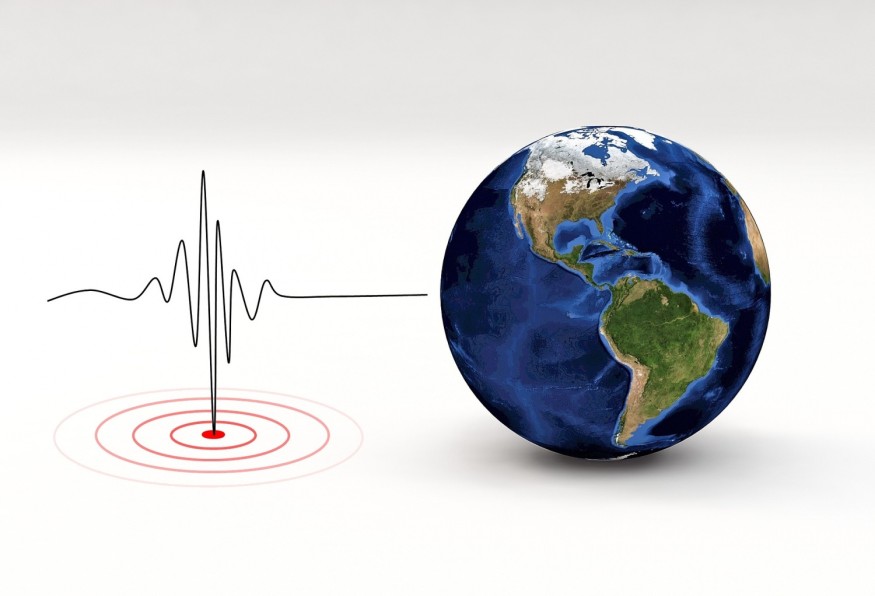On January 23, 1556, the most devastating earthquake in Chinese history hit, killing an estimated 830,000 people. This calamity is often regarded as the worst in human history.
Although it only lasted a few seconds, the tremendous death toll is estimated to have reduced the provinces' population by around 60%. In 1600, the world's population was estimated to be over 500 million people.

Destroying Cities
In China's Huazhou District, the earthquake obliterated the key cities closest to the epicenter. The earthquake produced ground cracks, mudslides, and fires, killing people within a 520-mile radius and leaving people stunned for approximately six months following the initial tremor. The earthquake was dubbed the Jianjing Great Earthquake or the Huaxian earthquake since it happened during Emperor Jiajing's reign.
The cities in the earthquake zone were built of stones, which are prone to collapse in the event of a tsunami.
Related Article : Gender Reveal Triggered 'Earthquake-Like Tremors' in New Hampshire
High Death Toll

Many individuals resided in human-made caverns known as Yaodongs, contributing to the high death toll. These dwellings were built to keep people warm in the winter and cool in the summer, but the manufactured cave construction collapsed when the earthquake hit 8. People began to construct dwellings out of bamboo and wood rather than dirt following the quake.
The earthquake in Shaanxi was not the most fatal natural disaster in Chinese history. Floods on the Yangtze River in China killed 3.7 million people on August 18, 1931. In 1887, the Yellow River flooded a 50,000-square-mile stretch of Henan province, killing over 900,000 people and destroying huge towns and small villages.
Related Article : How These Oddly Contorted Oceanic Plate Triggered a Complex Earthquake in New Zealand
Caught Off Guard
China had not seen an earthquake on such a big, deadly scale in over 250 years. Earthquake in Hong Kong. Before the Ming dynasty, the Mongol dynasty, also known as the Yuan dynasty, ruled China. Temur was China's emperor when the Hongdong Earthquake happened on September 25, 1303.
Why are Earthquakes so Dangerous?

Landslides, tsunamis, floods, and other disastrous phenomena can occur due to a severe earthquake. The majority of the damage and deaths occur in inhabited areas. Because of the shaking, glass can break, structures can fall, fires can occur, and other hazards.
Earthquakes are impossible to anticipate, even for geologists. They expect to be able to do so in the future due to further study and advancements in technology.
Emergency Preparedness
Earthquakes may strike at any moment and in any location. However, a family safety plan, emergency pack, and supplies may help you prepare for the unexpected. Prepare for the protection and safety of your family in the event of a major earthquake. Make a plan to protect yourself in the event of a tremor. Always remember to "Drop, Cover, and Hold."
Also Read : What Exactly Causes Mysterious Deep Earthquakes?
For more news about natural calamities, don't forget to follow Nature World News!
© 2025 NatureWorldNews.com All rights reserved. Do not reproduce without permission.





